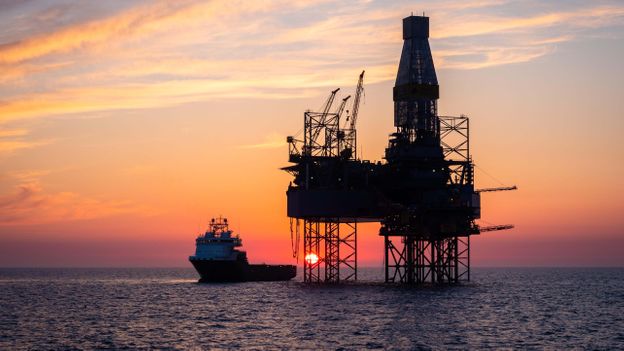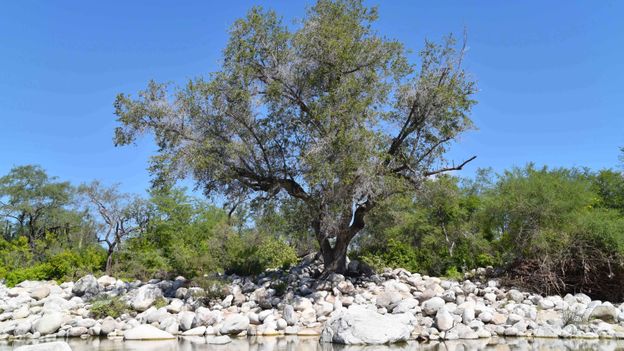It’s not hard to see why some are reluctant. The extraction and burning of fossil fuels including oil and gas are major drivers of climate change. Overall, in 2019, gas made up 21% and oil 34% of the world’s CO2 emissions from fuel, with a significant proportion coming from offshore rigs like these and thousands of others.
But the objections are not just symbolic. There are concerns that the cost savings offered to oil companies under the rigs-to-reefs programme could encourage them to expand, Hislop notes. She adds that research and discussions about what to do with the rigs once they have been decommissioned are ongoing.
But Blue Latitudes says the aim of rigs to reefs is not to reward polluters and boost the oil industry, but to protect valuable marine habitats by offering an alternative to complete platform removal.
If California’s platforms are toppled, it would result in the loss of 27 huge marine ecosystems. Some of these rigs are taller than the Eiffel Tower – the Harmony platform in the Santa Barbara Channel, for example, reaches depths of 1198ft (365m). “California platforms are some of the largest and deepest in the world,” says Hazelwood. “You don’t even see the beams, they are so encrusted with marine wildlife.”
—
The emissions from travel it took to report this story were 0kg CO2. The digital emissions from this story are an estimated 1.2g to 3.6g CO2 per page view. Find out more about how we calculated this figure here.
—
Join one million Future fans by liking us on Facebook, or follow us on Twitter or Instagram.
If you liked this story, sign up for the weekly bbc.com features newsletter, called “The Essential List”. A handpicked selection of stories from BBC Future, Culture, Worklife, and Travel, delivered to your inbox every Friday.












